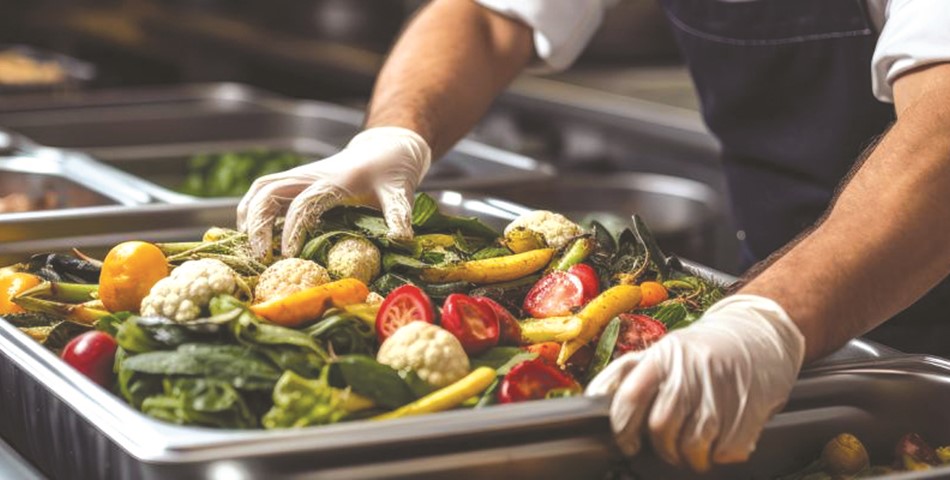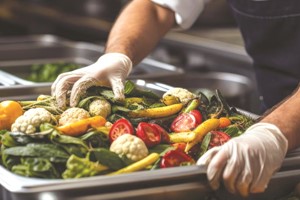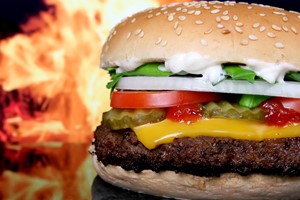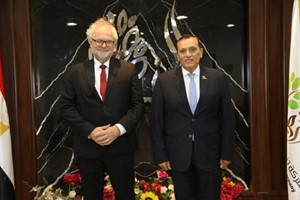One third of the food produced in the world is lost or wasted from farm to fork, which creates major environmental impacts and economic losses to the tune of USD 940 billion a year. The United Nations Sustainable Development Goal 12.3 aims to reduce food losses and waste, with a specific goal of cutting them by half at the retail and consumer levels by 2030.
European and international initiatives are striving to identify and tackle food loss and waste “hot spots”, monitor changes over time and evaluate public policies. To support such efforts, a study has explored the dynamics in France of a “new link” to connect institutional catering and food aid organizations to redistribute food surpluses.
Redistributing surplus meals is a direct way to reduce food waste. Examples include when leftover food that is fit to eat is given to food aid organizations or diners, when consumers take their leftovers to go, or when the surplus is turned into another product (compotes, purées, etc.). Only foodstuffs and prepared meals that comply with regulatory and health standards may be donated. The quantities of leftover food are substantial, and redistribution needs to be optimized. The logistics of redistribution – from the cold chain to the end consumer – are no small issue.
Our study was conducted as part of the INRAE BETTER* research programme that explored new research avenues for more streamlined, circular and sustainable cities. The study looked specifically at central kitchens in the Paris metropolitan area, with a particular focus on how food surpluses are collected and then redistributed to food aid organizations. On the ground, two outlets were identified: sales to institutional staff, employees or outside consumers, or donations (with tax exemptions or not) to food aid organizations. Food distribution may be carried out directly, with or without the help of intermediary organizations (paid service or charities), and with or without the use of a digital app.














